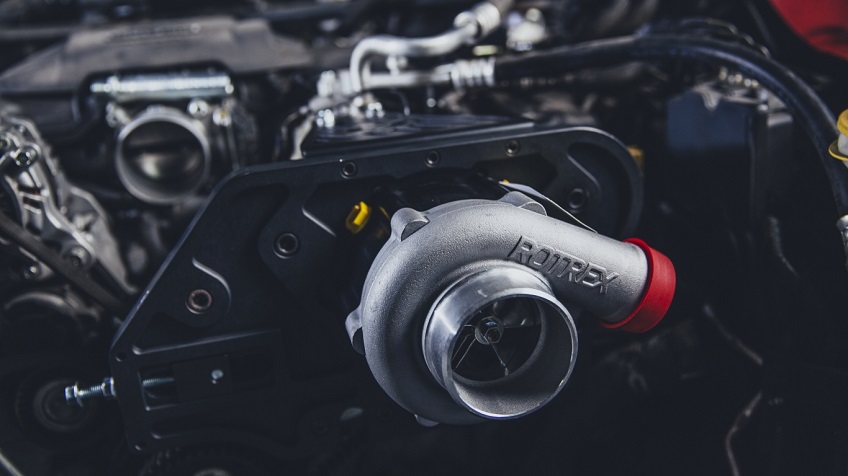
What You Need to Know About Turbochargers
For most drivers, a vehicle is something that has four tyres and moves when you press on the gas pedal. While this is true, the sole component that works towards making this possible is far more complicated. With crankshafts, camshafts, timing belts, rods, pistons, and a plethora of other important yet overlooked components, the engine is the heart of every gas and diesel-powered vehicle. The ICE or internal combustion engine relies on the combustion of fuel and air mixture which is ignited by a spark.
The combustion process results in small controlled explosions inside a valve that opens and closes rapidly. These explosions are what make the pistons move, and the motion from the pistons is then transferred to a crankshaft and goes to the wheels. But the types of engines I just went over aren’t the only ones on the road – you also have turbocharged engines.
Contents
How Does a Car Turbo Work
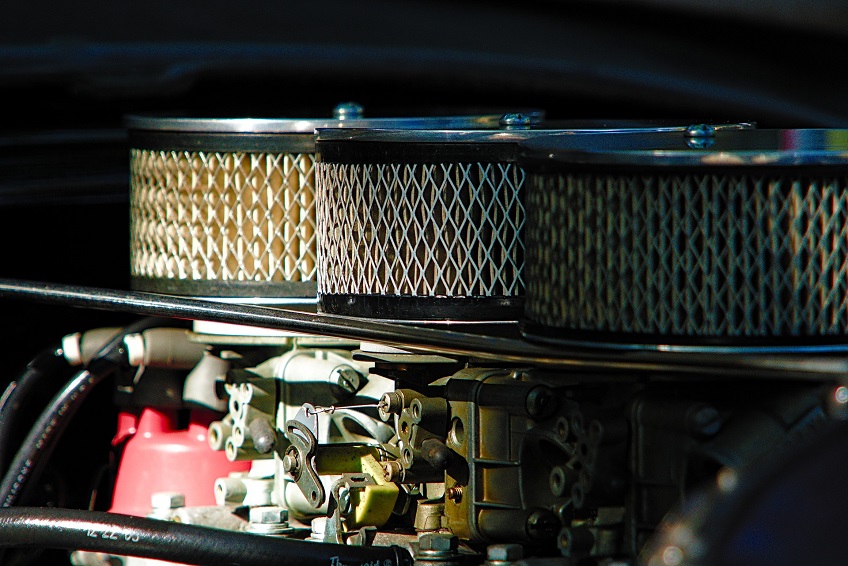
A turbo engine is nothing more than a shaft with a turbine wheel on one and a compressor on the other side. This is still a combustion engine, but it has this one additional component called a turbocharger, hence the name car engine turbo. An engine turbocharger harnesses the power of the waste exhausts coming from the engine to help bring more air into the valves and make the car perform better. More air means better performance and more horsepower since more fuel is being used with more air. You also have the option to improve the performance of a turbo-diesel engine furthermore.
Why Would You Want a Turbocharger?
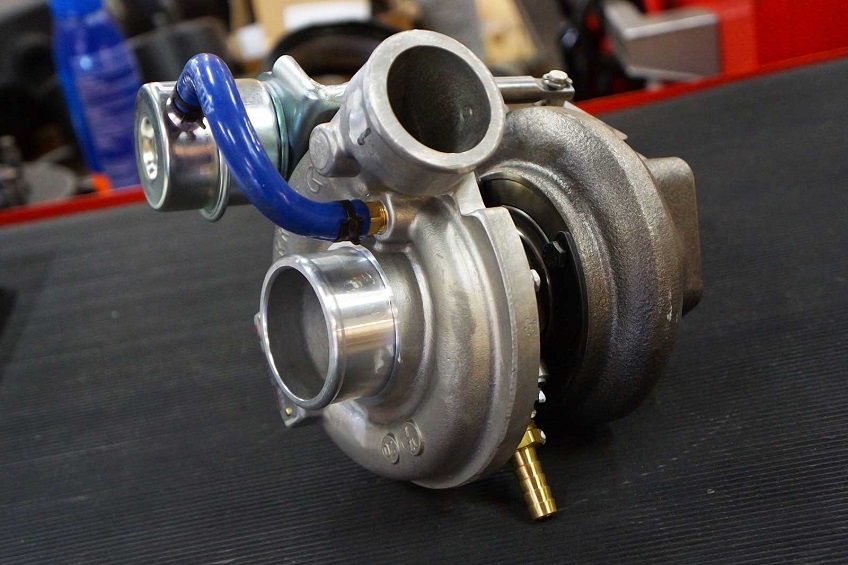
Fuel Consumption
Turbocharged engines are more fuel-efficient than their conventional counterparts. This is because, for the same amount of power that it produces, a turbocharged engine will use less fuel, as it uses exhaust air instead of bringing in air from the outside to supply the valves with. With a car engine turbo engine, you can increase fuel economy by up to 20%.
Size
The need for more cylinders is not something synonymous with turbo engines. In fact, turbo engines are able to provide the same performance with fewer cylinders. This helps reduce the size and weight of the engine which in turn helps make for a more efficient vehicle since there is less weight to pull.
Performance
It goes without saying that increased performance is something you will notice a change in right away, especially when it comes to driving at high altitudes. This is due to the fact that at high altitudes the air pressure is lower, so air can’t get to the engine valves as quickly. With an engine turbocharger, this won’t be an issue as there is a greater pressure difference which helps increase the density of air entering the engine.
Emissions
Since car turbos make engines smaller than they usually are, the engine needs less fuel in order to operate. With less fuel being burned, fewer emissions are being generated and thus, turbocharged engines make for a more environmentally friendly option.
Noise
Again, the size of a turbo engine makes it so that it is also less noisy than a conventional ICE. This makes a turbocharged engine naturally aspirated which makes the sound produced by the engine more muffled, acting as a silencer of sorts.
Can You Fit a Turbo to Any Car?
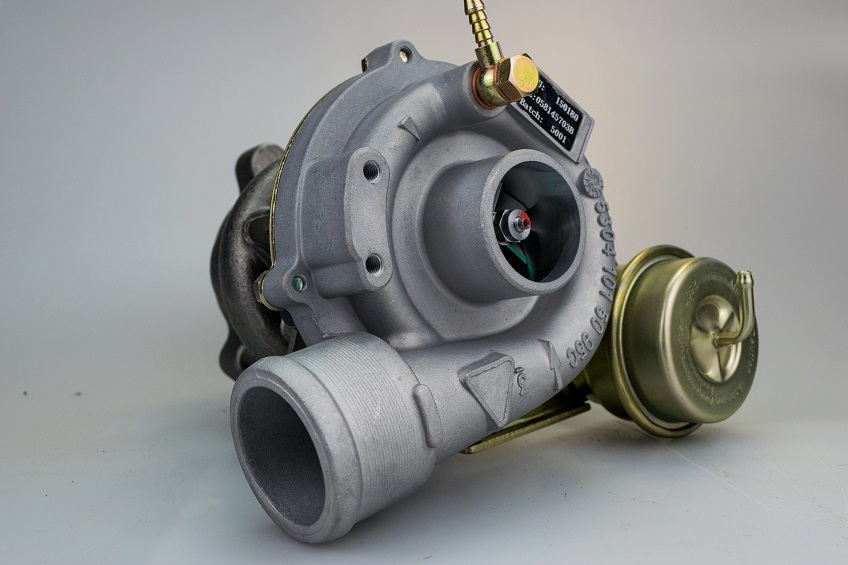
Theoretically speaking, you’re able to make any engine a turbo engine by adding in a turbocharger or two. But this only applies to naturally aspirated engines, and the process of installing a turbocharger is not a simple one at all. You need to take into consideration a lot of parts beforehand.
How to Add a Turbo to a Car
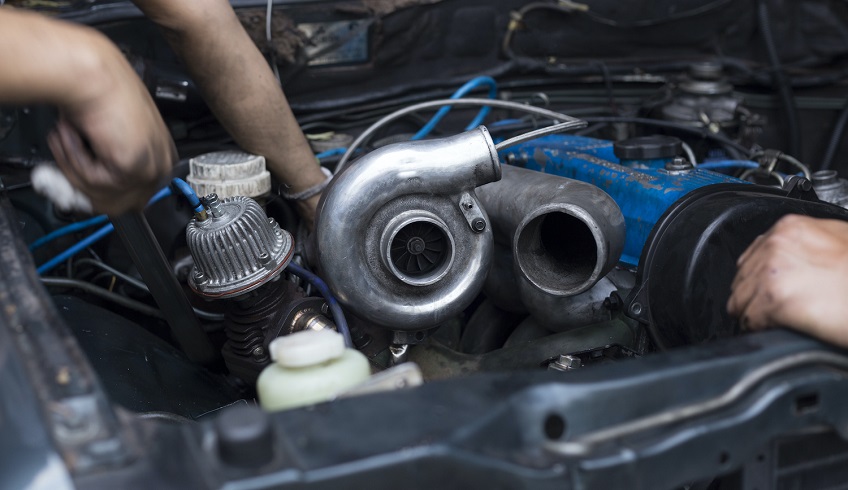
1. While I can’t go over the whole process of how to add a turbocharger to your naturally aspirated engine, I can at least cover the basics. Remember, not every process of installing a turbo is the same.
2. The first thing you need to do when installing a turbo is to place it into the exhaust system as near to the engine as possible. This keeps things more compact and prevents what is known as turbo lag.
3. With the exhaust outlet being in the centre, the turbocharger is bolted directly onto the exhaust manifold. A turbocharger is placed so that the exhaust outlet leads off to the exhaust pipe.
4. What is known as the inlet size is where the pressurised air will leave the compressor through a large-bore pipe. This will run through the intercooler which is usually fitted to the inlet manifold. Sometimes, the intercooler gets fitted to the plenum chamber. This is where fuel is added by injection before the air enters the engine.
Conclusion

A lot of people overlook how their engine works and underestimate the potential gains of a turbo. By understanding key aspects of an engine’s operation you can make all the right choices when you’re looking to improve vehicle performance and fuel economy. Adding a turbo to your engine is an efficient way of getting the most out of your vehicle.

